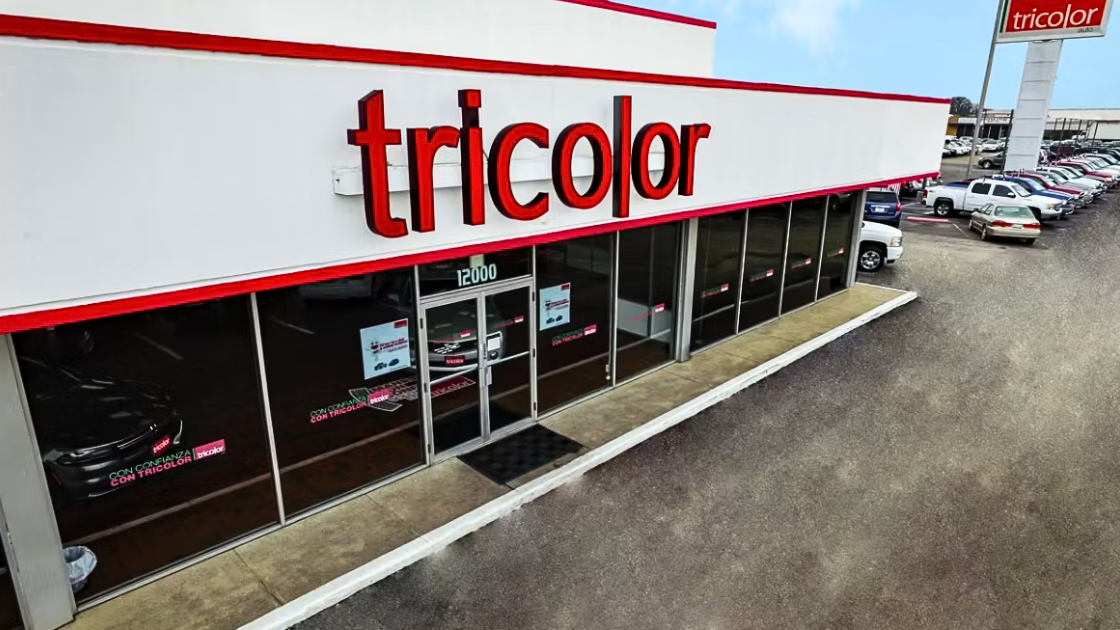
Tully Williams (left) and Austin Conroy (right)
Americans are holding onto their vehicles longer than ever, and it’s creating a surge of opportunity for dealers in their service departments.
The details: A new analysis by S&P Global Mobility reveals that the average age of vehicles in the U.S. is getting a lot older—bringing to light some other interesting trends in the automotive sector like consumer purchasing behavior, economic conditions, and the durability of modern vehicles.
The average age of vehicles on the road is now 12.8 years, marking the second consecutive year of a two-month increase in vehicle age.
According to S&P Global, the US vehicle fleet now includes 289 million light vehicles in operation, up 3 million since 2024.
Passenger cars now average 14.5 years in service, while light trucks remain younger, showing gradual growth to 11.9 years, with the average age metric for BEVs up for the first time in several years at 3.7 years.
What they’re saying: The new car shortage…plays into that, from around COVID because I don’t think there were as many new cars on the road. Obviously, there's interest rate pressures. But…as a fixed ops department, I think it highlights even more the gap right now that dealers are trying to compete for that customer pay business,” said Austin Conroy, Regional Fixed Ops Director for Rohrman Automotive Group.
Why it matters: A growing number of older vehicles on the road means less people are buying new ones, which certainly creates some challenges for dealership’s new vehicle operations, as Conroy points out. However, it does open the door to some huge opportunities on the fixed ops side of the business.
Between the lines: How big are those fixed ops opportunities with those graying vehicles? Well, pretty major—with more frequent maintenance, repairs and parts replacements, which Tully Williams, fixed operations director at the Niello Company, puts all in perspective.
The longer people keep their cars, even an extra year or two is a huge deal for our pick stop, since fixed ops are in the repeat referral business, Williams told CDG.
It gives fixed ops the opportunity to build and cultivate customer loyalty, as retention is the number one variable a dealership should be worried about.
What they’re saying: “This average age helps us retain those customers, keep them loyal to the deal—[who] in turn tells their friends and family to buy their next car and service their car with us. Are we selling tires? Are we selling brakes? Are we selling batteries? Are we selling maintenance? Those are the four key things that we track at our store to drive retention numbers,” said Williams.
Bottom line: With the price of new vehicles surging even before the tariffs, the average age of vehicles on U.S. roads could climb even higher—opening up more revenue lanes for fixed ops departments.
Outsmart the Car Market in 5 Minutes a Week
No-BS insights, built for car dealers. Free, fast, and trusted by 95,000+ auto pros.
Subscribe now — it’s free.
Missed Calls = Missed Revenue
Dealerships miss 15–30% of inbound calls—costing 5 to 6 figures in lost revenue every month. That’s where Mia comes in.
Mia is your 24/7/365 AI super employee. She answers every call, books appointments, checks inventory, and keeps your team in the loop—no awkward pauses and no lost leads.
CDG listeners get their first month FREE—just mention CDG when you request your demo.











